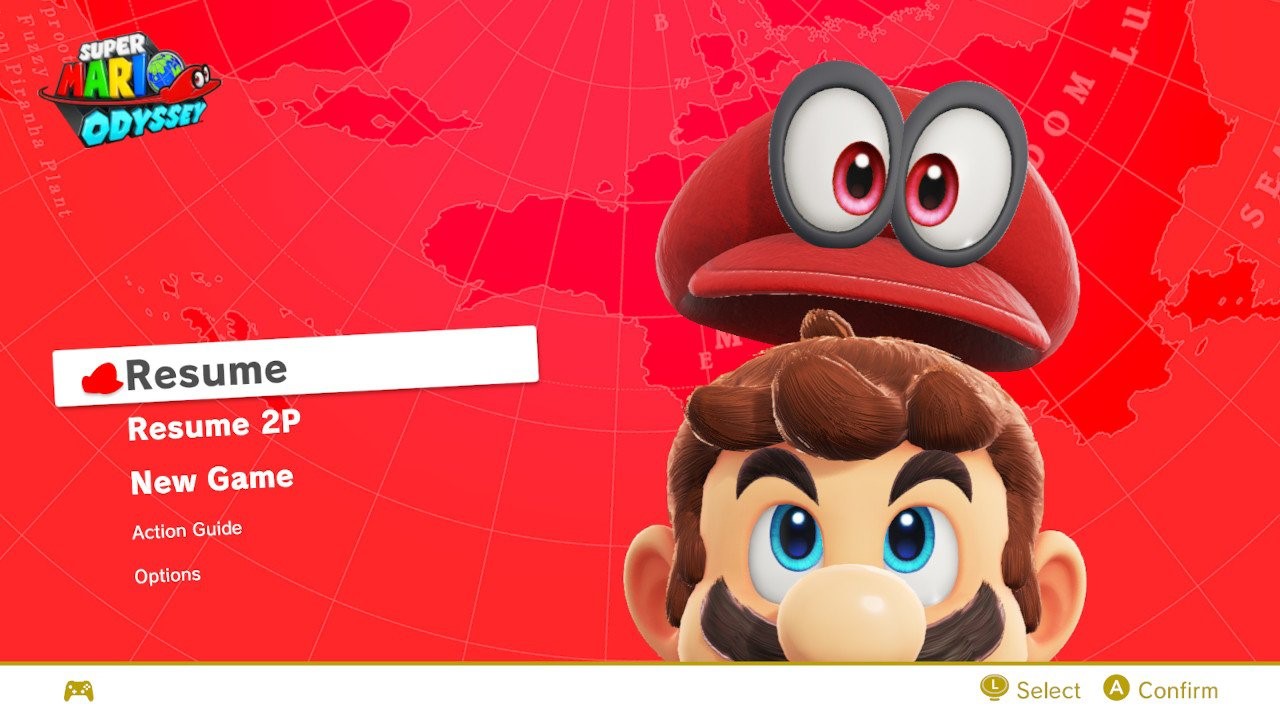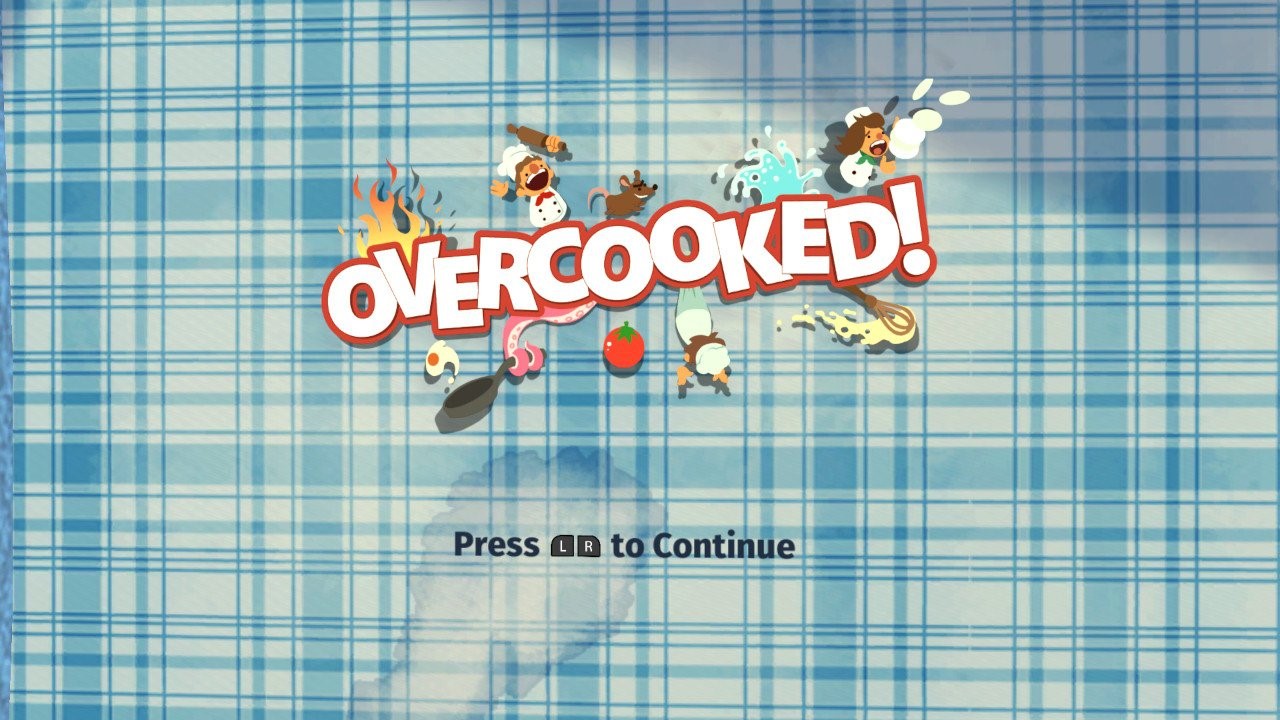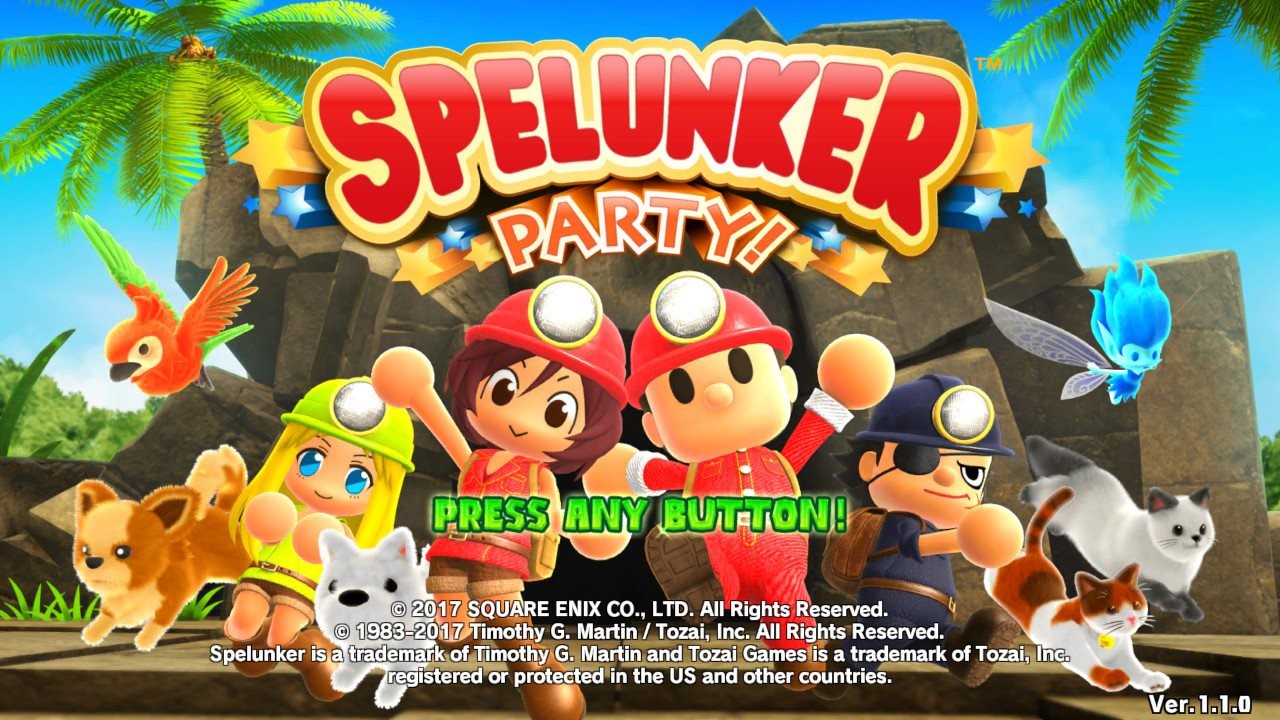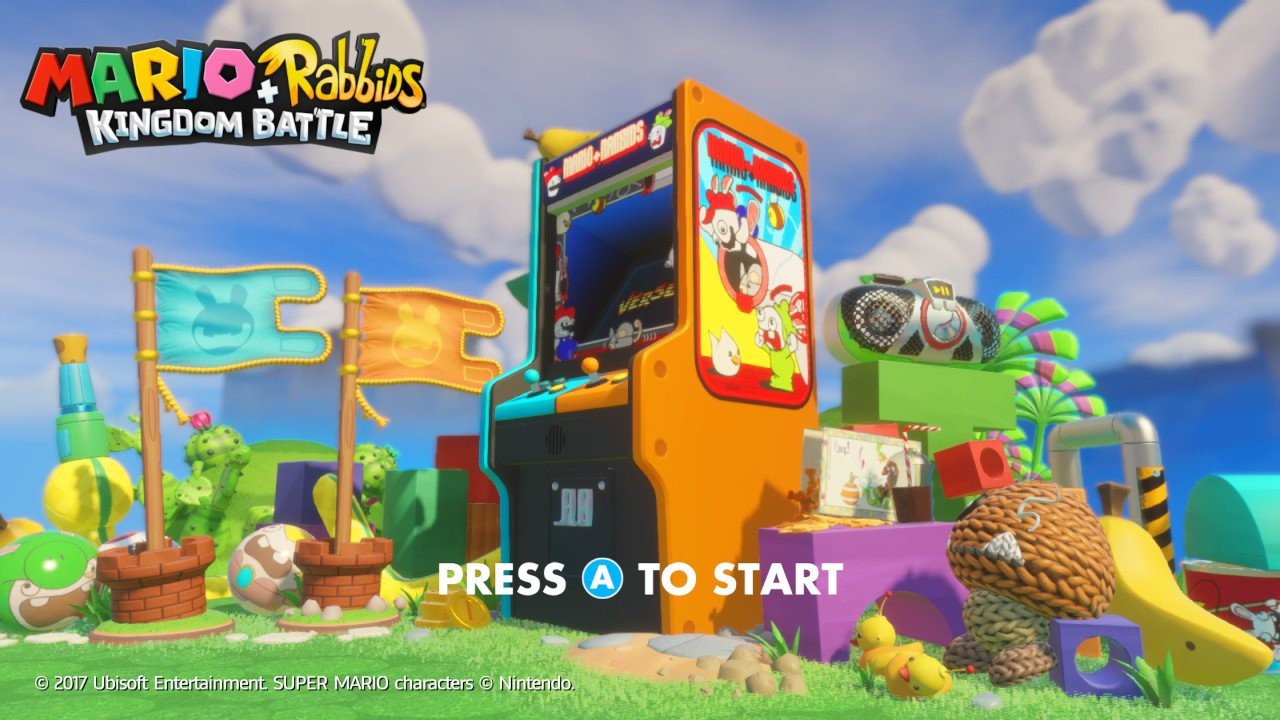Super Mario Odyssey
The Perfect Game of Maddening Minor Issues
As I get older, I steadily lose the gifts of youth. Exercising produces fewer results but more pain. My ability to eat dairy is hampered by the potential for stomach aches and angry poops. I no longer want to pretend I’m old; instead, I act older than I am to justify the amount I complain about my health. For video games, I’ve partly lost that spark—that childhood innocence—that made each game an adventure of exciting new experiences. Few games during my semi-adulthood have recreated this childish glee.
Super Mario Odyssey reignited the child in me and reduced me to a giggling, smiling mess. I squealed when Cappy possessed iconic Mario enemies. I marveled at how soot, sand, and water clung to Mario. I explored for the sake of exploring, not to find a Power Moon or complete an objective. The finale of Metro Kingdom, the final showdown against Bowser, and the last secret kingdoms all surpassed my high expectations.

The child in me was in heaven, likely because the real me died a little at some point while playing Odyssey. Like Breath of the Wild, Odyssey is a must-have Switch title. Heaps of people have praised it and written about it, to the point where I don’t have to work and write a traditional review. Instead, this article will explain how a platformer prodigy is 0.5 points away from a perfect score and 0.5 points away from causing the fandom to murder me. I present you 10 minor issues with Super Mario Odyssey which angered me enough to withhold the 10 score.
This is the Header for the 10 Minor Issues
1.
The co-op is nothing special. Others (including some in my family) have enjoyed controlling Cappy, but after Super Mario 3D World, I personally miss having a true cooperative multilayer experience in a 3D Mario game.
2.
Hint art moons were horribly implemented. Like the memories in Breath of the Wild, hint art presents you with an image that points to one of 21 hidden moon locations in other kingdoms. Inherently, scavenger hunts like these can be fun but not when you have to back out to the home menu and sort through your photos every time you need to see the clue again.

3.
Compared to other Mario games, Odyssey’s controls seem a little loose. Turning felt a little slippy (leading to some accidental deaths), and mid-air dives too often become fatal ground-pounds because of a slipped finger. You could argue that I just suck at video games, and you’d be right, but that’s a mean thing to say to people.
4.
Somebody mixed Mario Party with my Mario Odyssey. Mini games have appeared in Mario platformers before, but Odyssey embraces them with Power Moons and online leaderboards. Koopa Freerunning satisfies the speedrunners, and the Bound Bowl Grand Prix offers some fun racing. The other mini games, however, were designed by an individual with an abstract definition of fun. Walking in a perfect circle, that’s a thing kids do, right? How about jump-rope? Let’s have people play it until their thumbs fall off. Volleyball? How could I forget volleyball? Let’s make them hit 100 consecutive returns before they get a Power Moon because I studied game design and this is fun, god damn it.

5.
Motion controls are mandatory. By now, we understand Nintendo clings to its motion controls like a balding man defends his combover, but that doesn’t justify Nintendo’s tendency to force-feed us their obsessions. It’s been over a decade since the Wii came out, and I’m sick of doing the hokey-pokey to progress in a game.
6.
Randomly-placed Power Moons don’t make for an immersive or gratifying experience. Did you walk to the other side of the map? Here’s a Power Moon. Do you see that glowing spot in the middle of an empty clearing? Pound it for a Power Moon. Did you find that flying sphinx in the sky with a pair of binoculars all by yourself? Liar. We know you used an online guide, but here’s a Power Moon anyway.
7.
Odyssey reuses its bosses, something I addressed in my “Padding” blogitorial. The Broodals make more appearances than an overbearing in-law during wedding rehearsal, and harder renditions of each boss offer extra Power Moons towards the end of the game.

Join Mario as he suffers excruciating pain while possessing his enemies.
8.
There are even more pointless Power Moons. Toadette offers 61 Power Moons for completing achievements, meaning you will have to speak with her and view Mario’s Power Moon dance 61 times before you’re done with her. In order to reach 999 Power Moons, over 120 of them must be purchased from shops at 100 coins a pop. Capitalism thrives in the monarchy that is the Mushroom Kingdom.
9.
You are always in control of the camera. The camera will slowly follow Mario if you give it enough time, but typically, it’s up to you and your right joystick to keep the camera behind Mario. Some may like this freedom, but I found myself longing for the camera system employed in every other 3D Mario game.
10.
For the number of Power Moons in Odyssey, the pay-off for collecting them all is meager. Like Lego City: Undercover, Odyssey is best enjoyed when you’re not focused on 100% completing it. Collecting 500 Power Moons will fully unlock all stages for you, and this point may very well be the best place to stop. This way, you can ignore all the excess Power Moons I listed above because, seriously, screw volleyball.

What’s the verdict?
Super Mario Odyssey sought to offer both quantity and quality, and it achieved both. It is easily the longest 3D Mario game I have played, even if I hadn’t set out for 100% completion. It rivals Breath of the Wild for the greatest game of 2017, and in many ways, I believe Odyssey took greater risks and more outlandish ideas than its Zelda counterpart. It simply stretched itself too thin. No one expects Nintendo to craft each mission as perfectly as the last, and 3D Mario games have historically phoned it in for a handful of Power Stars/Suns/Black Holes. With Odyssey, the typical handful became a truckload., thus making the game feel overweight. Don’t get me wrong; Mario’s excess fat is lovely, but a little less flab makes for a healthier game.
Arbitrary Statistics:
- Score: 9.5
- Time Played: Over 30 hours
- Number of Players: 1-2
- Games Like It on Switch: Rayman Legends: Definitive Edition, Yooka-Laylee























